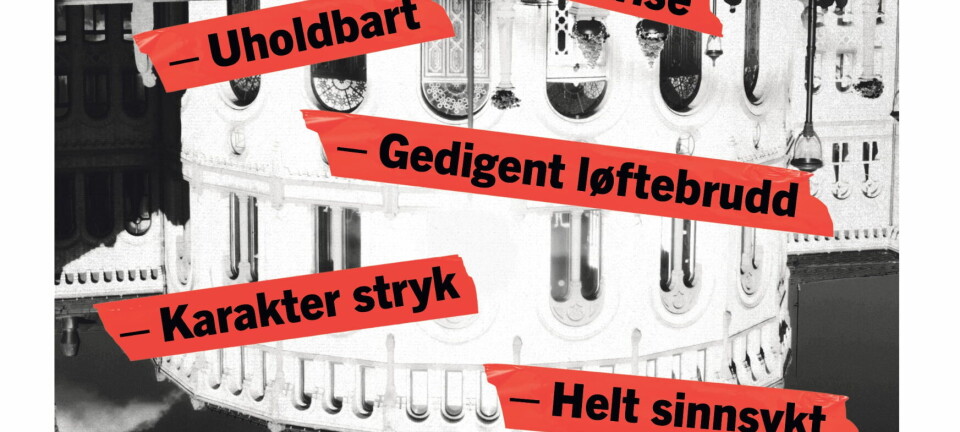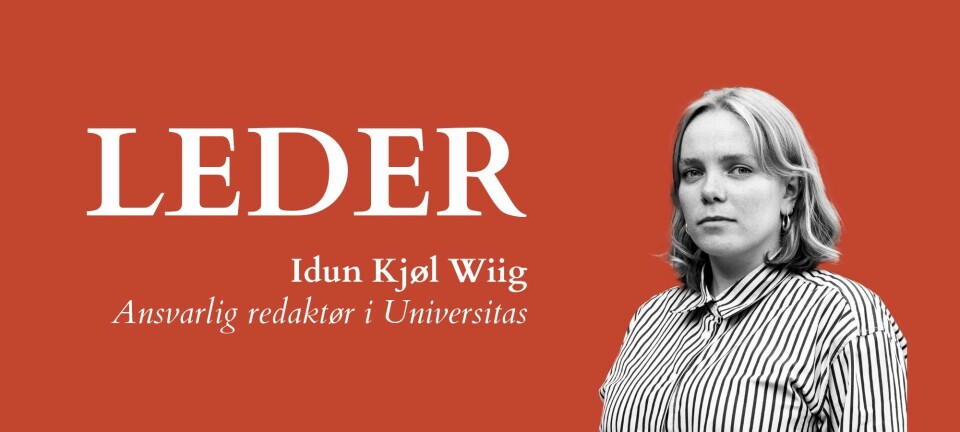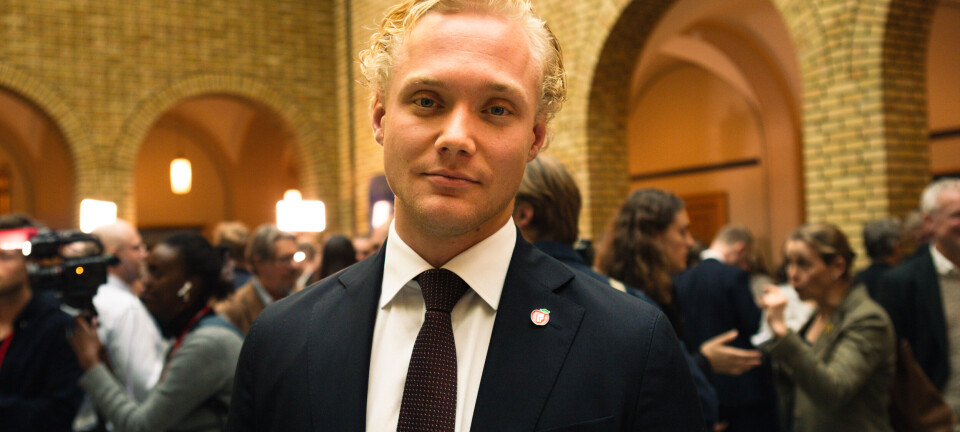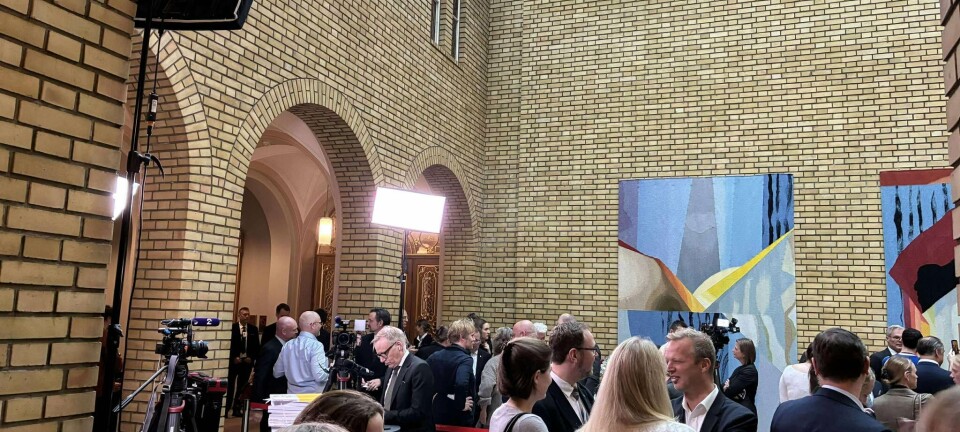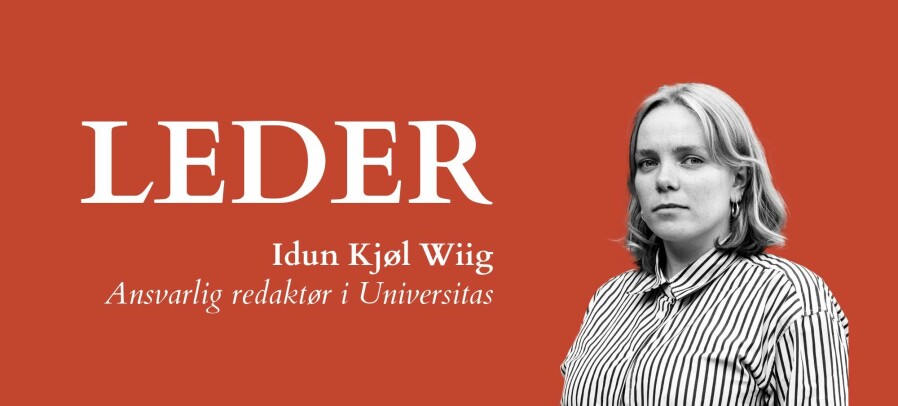Norway in Oil and Gas Industry:
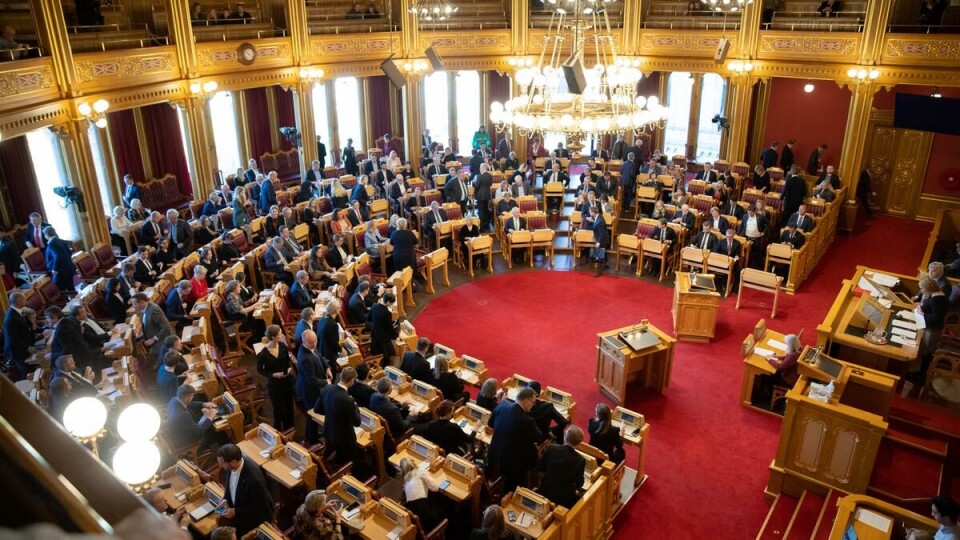
A Smooth Way for Rough Norway‘s Raw Materials?
Until today, Norway is the 3rd largest exporter of natural gas, following Qatar on second place and Russia as world’s leading exporter. The invasion of Ukraine might change the setup of this leader board on a longer term, as western countries imposed sanctions to the detriment of Russia.
Following the Russian invasion of Ukraine on February 24, 2022, most countries of “the West” imposed sanctions on the invading country, with the EU as a whole embarking on a partial oil embargo just recently. Prior to this step, some states have already been restricting the trade of Russian oil and gas, making a repositioning of Norway in the center of the oil and gas market in Europe ever more likely.
With the discovery of sizable oil and gas deposits in the North Sea at the end of the 1950s, the trajectory for Norway’s rise to wealth was set off. The 1970s were a decade of heavy petroleum activities that lay the foundation for the Scandinavian country’s economic growth and today’s welfare state. After decades, in which especially Europe has heavily relied on the big neighbour to the east to provide the much-needed oil and gas for the continent scarce in such natural resources, the leaders of those countries dependent on Russian supplies are urged to reconsider the trade relationships in this sector.
What form the relations between the (former) East and the West will take on in the years to come will most likely be determined by the economic sanctions and trade embargos that are now being imposed on Russia. The measures taken vary from country to country in scale and severity, but there is a red thread to be made out. The financial sector is targeted most prominently in that several Russian banks are put on sanctions list, and the Russian Central Bank is subject to “restrictive measures” preventing it from circumventing the impact of the sanctions through the deployment of their international reserves.
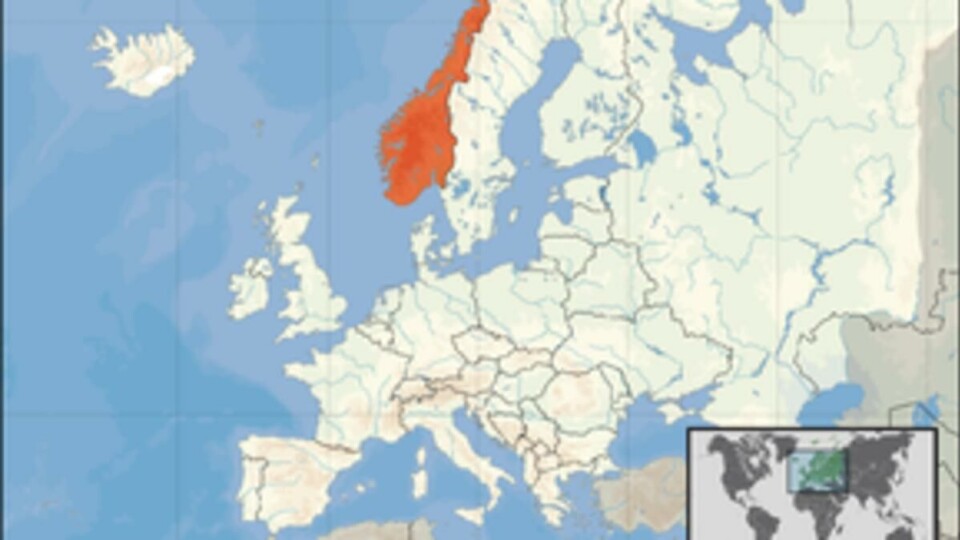
Further, Canada alongside the US, UK and EU have early on in the war in Ukraine banned a number of Russian banks from the global high security banking network SWIFT operating in over 200 countries and facilitating payments among 11.000 financial institutions, essentially cutting them off from the international banking system. Norway followed those sanctions to some extent, while at the same time leaving certain loopholes. For example, the prohibitions by the Scandinavian country targeting financial transactions do not apply to such that are indispensable for the general trading of fossil fuels such as oil, gas or coal.
Notwithstanding the limited reach of the sanctions imposed to impair the Russian economy, they have undoubtedly been a clear signal towards Russia (`s financial elites). Overall, the sanctions can be summarized as follows: every form of relation in regard to trade and banking is prohibited except for those that are related to the energy sector. That this sector is crucial to the Russian economy can be inferred from the vast number of activities that encompass this term:
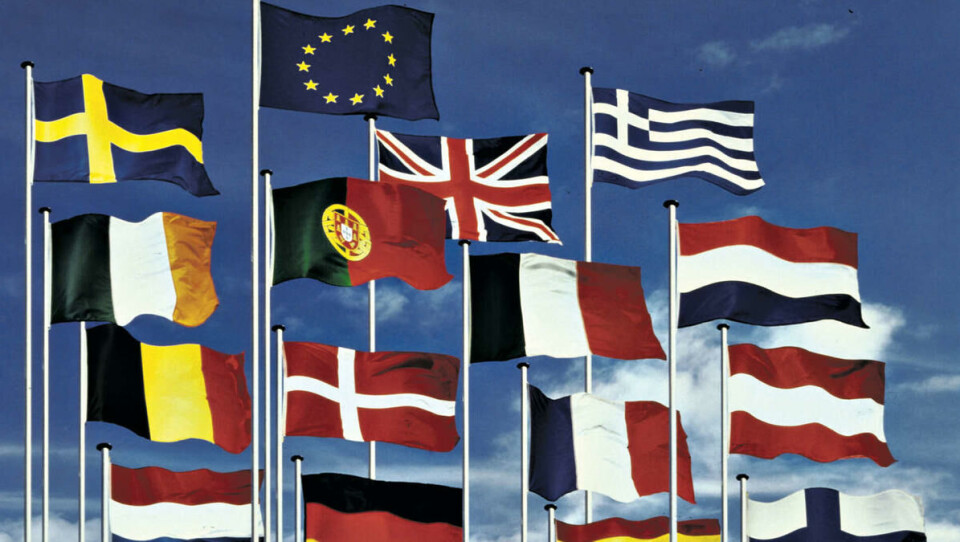
Europe is especially hit by its own sanctions, given it relies heavily on Russian oil and gas. Norway, Europe’s biggest oil and gas exporter, rubs its hands in anticipation of the surging prices. After all, Norwegian exports of natural gas account for the coverage of 20-25% of the EU’s demand for this natural resource, making it one of the richest countries in Europe. At the same time that fossil energy sources literally fuel Norway’s economy, the Scandinavian country leads the way in transitioning to green energy as main power source.
Even though the transport sector is the biggest consumer of oil, which Norway has almost abundant deposits of, no other country across the whole globe has a higher rate of electric personal vehicles, which can also be inferred from the fact that the Norwegian market for electric vehicles is the third most valuable in the world. This may in part be due to the government having set the goal to get out of “dirty” energy sources for road transport in the coming decade.
How this green transition endeavours go together with the economy being reliant on natural resources like oil and gas? Norway simply does not cling onto those commodities and rather exports the lion share of 95% of it, primarily to European countries but also to destinations farther away, such as China. Putting it into numbers: in the previous year of 2020, the export value of crude oil and natural gas combined accumulated to 333 billion NOK, accounting for 42% of all exports from Norway. This leaves crude oil and natural gas as the most important export commodities of the country’s economy. In cooperation with the other member countries of the Organization of the Petroleum Exporting Countries (OPEC), Norway critically contributes to the supply of global crude oil. Russia, the other big player in this trade-field in Europe, notably is not member of this global organization, which accounted for 30% of the global crude oil production in 2019. Neither are the US.

Uncle Sam might get away easier with sanctions and embargos on Russian oil than Europe. Nevertheless, the leaders of the European Union have recently reached a compromise in imposing a partial oil embargo on Putin’s Russia. Oil transported from the war-faring country to Europe via the sea will no longer reach its destination. A window of opportunity has been flung far open for Norway, whose economy has already profited from record-high energy prices long before the first Russian soldier has stepped a foot on Ukrainian soil.
This stands in stark contrast to the majority of European countries that are currently battling crunching economies due to fuel shortage going hand in hand with higher energy prices and the overarching trend of inflation. Seeing that European gas stocks have already been low and Russia being the world’s biggest gas exporter, a complete embargo on this front will most likely not be imposed in the foreseeable future. Nonetheless, as the European Commission has laid out ambitious plans to reduce its dependency on Russian gas to a third by the end of 2022, Norway’s role as second-largest gas producer may be critically enhanced.
Furthermore, the ban of Russian oil agreed on by the leaders of EU member countries is not only a clear sign of unity only partially tarnished by impeding and ambiguous players such as Hungary’s Victor Orbán, but also a nudge towards Norway to make use of its ample possibilities of generating much-needed energy sources. Offshore wind power, having more in common with oil platforms than wind farms on land, might be a viable green alternative to further exploration and exploitation of natural gas and oil fields ashore.
Whatever strategy the industry will decide to put their focus on to increase the supply that can be offered to the European neighbours, the Norwegian Energy Partners will take over the promotion of the internationalization of the Norwegian energy industry. After all, close collaboration on all fronts in western countries will be needed to withstand the shockwaves in all sectors and areas of life sent out by the Russian invasion of Ukraine.



